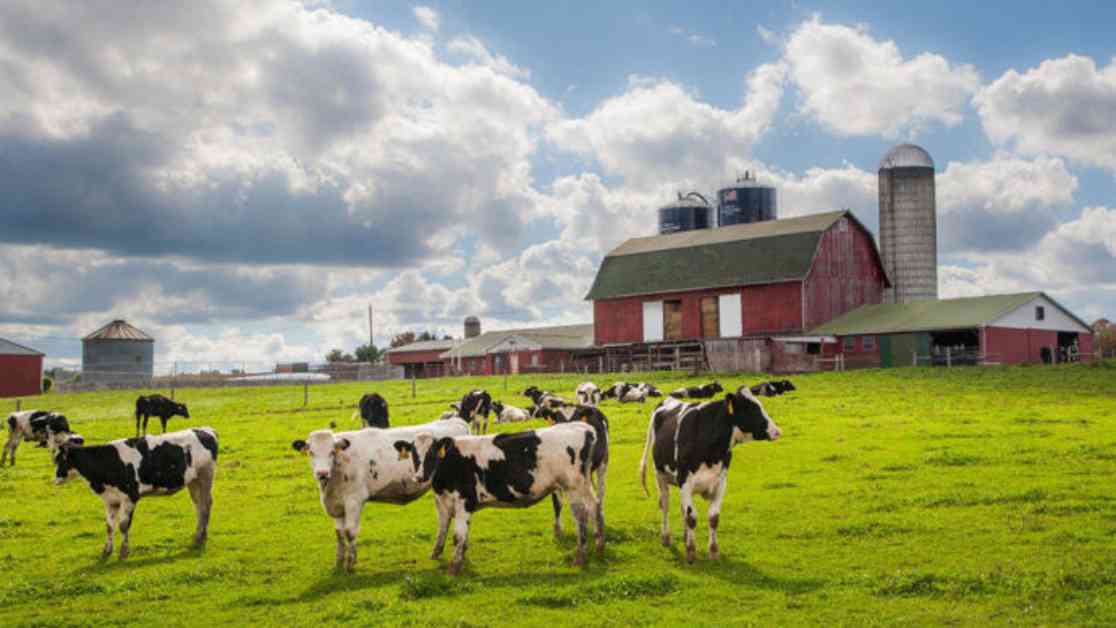This is one of the first times we have proof of effective and sustained transmission of avian influenza from mammals to mammals,» said Diego Diel, an associate professor of virology at Cornell University (USA) and co-author of the study published on July 25, 2024, in the journal Nature. The H5N1 virus, responsible for avian influenza, has spread from cows to cats and a raccoon, showing multidirectional transmissions. The situation is concerning as there is not only effective transmission from cow to cow but also multidirectional transmissions between species, highlighting the virus’s ability to cross interspecies barriers. Whole genome viral sequences have been found in dairy cows, birds, domestic cats, and a raccoon from affected farms. Cows were likely infected by wild birds, and the virus has been detected in thousands of them in the US since January 2022.
The study also revealed a high level of virus tropism in the mammary gland of dairy cows and high infectious viral loads in the milk of affected animals. Despite concerns about milk supply, US health authorities had already reassured in April that the pasteurization process is effective in killing the avian influenza virus. However, cats and the raccoon likely became ill after drinking raw milk from infected cows, according to the study’s researchers. Wild birds contaminated near infected farms may have been due to environmental contamination or aerosols emitted during milking or milking parlor cleaning.
Sequencing the entire virus genome did not reveal mutations that could enhance transmissibility in humans. Although the virus can infect and replicate in humans, the study established that the efficiency of these infections is low. Diego Diel warns that potential mutations could lead to adaptation to mammals, human-to-human transmission, and potentially effective transmission in humans in the future. Continuous monitoring of the virus in affected animals and potentially infected humans is essential, along with early testing, enhanced biosafety measures, and quarantines for positive results. The US Department of Agriculture is funding H5N1 screening programs at no cost to producers.
So far, 11 human cases have been reported in the US, each presenting mild symptoms: four linked to cattle farms and seven to poultry farms, including a cluster of four cases reported in Colorado in recent weeks. The need for vigilance and proactive measures to prevent further spread and protect both animals and humans is crucial in combating the transmission of avian influenza among mammals.




















